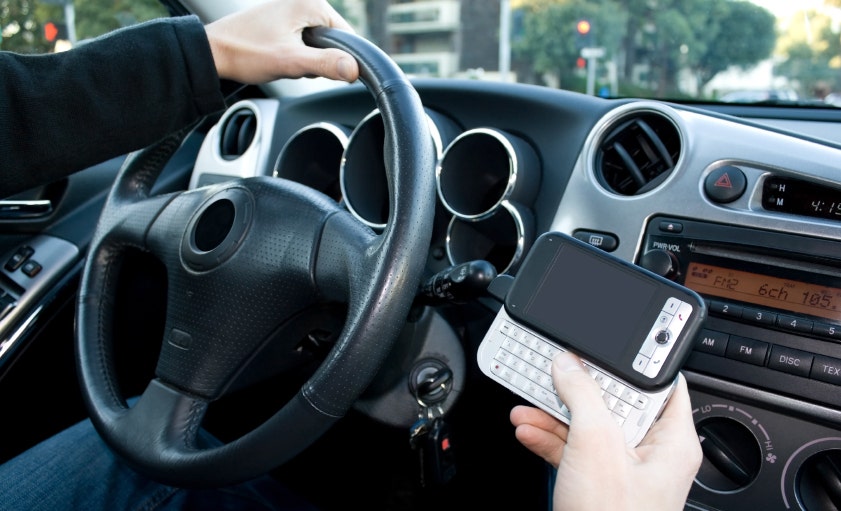Teens with attention-deficit/hyperactivity disorder drive at a less consistent speed and spend more time out of their lane than young drivers without ADHD, according to a study that suggests texting at the wheel only makes the situation worse.
“Adolescents in that age range tend to have four times the rate of motor vehicle accidents (as adults), so it’s a particularly high-risk group that only gets more high-risk if you have an ADHD diagnosis,” Jeff Epstein, the study’s senior author and director of the Center for ADHD at Cincinnati Children’s Hospital Medical Center, said.
He told Reuters Health his team was expecting to see texting affect 16- and 17-year-olds with ADHD more than their peers without the condition. It turned out the driving behavior of teens in both groups was significantly more hazardous when they texted.
According to the U.S. Centers for Disease Control and Prevention, parent reports suggest close to one in 10 kids and teens in the U.S. has ever been diagnosed with ADHD.
To see how that affects their driving abilities, Epstein and his colleagues put 28 new teen drivers with ADHD and 33 without the condition through a driving simulator. The simulator had a large high-definition video monitor and normal-sized steering and breaking and acceleration controls.
Each participant talked on a cell phone using a hands-free headset and had a conversation with the researchers via text message at different points during the 40-minute simulation.
Three times – once during each distraction and once during normal driving – a car or pedestrian made an unexpected move into the road and the driver had to avoid a collision.
Teens who had ADHD that was treated with medication did not take their pills on the day of the simulated drive.
The researchers found that having ADHD and being distracted by a call or text did not increase a teenager’s likelihood of crashing – possibly because there were too few crash opportunities to begin with, Epstein said.
His team did find that study participants with ADHD who were texting had the most variability in speed and lane position during the exercise.
Teens with ADHD drove outside of their lane 3.3 percent of the time while texting and 1.8 percent of the time during normal, distraction-free driving.
Those without ADHD strayed from their lane during 2 percent of the texting portion of the simulation and for less than 1 percent of the time they weren’t distracted.
“It really just goes to show you how much texting impairs these kids’ behavior,” Epstein said.
Dr. Flaura Winston from the Center for Injury Research and Prevention at Children’s Hospital of Philadelphia said there hasn’t been much research on how ADHD affects novice teen drivers.
“As a pediatrician, I can recognize where the challenges would be,” said Winston, who co-wrote an editorial accompanying the new study in JAMA Pediatrics.
“Everything we have points to the fact that it’s a perfect storm. Teens who are early drivers with ADHD potentially also distracted – there’s every reason to believe that that will be a problem.”
Winston told Reuters Health teenagers with ADHD tend to be inattentive, emotional and impulsive – all traits that can make avoiding a dangerous situation on the road that much more difficult.
She said parents of novice drivers with ADHD should work closely with their doctor to make sure the condition is appropriately treated – whether with therapy or medication. Then, kids should get lots of practice in low-risk driving situations, and potentially work with a professional driving evaluator, if necessary, to make sure they’re safe behind the wheel.
Most states have laws that make it illegal for anyone to text while driving, the researchers pointed out – but they aren’t always strictly enforced.
Epstein said it’s “up to families talking together and talking to adolescents to let them know that this is something that isn’t permitted while driving.”






Leave a Reply